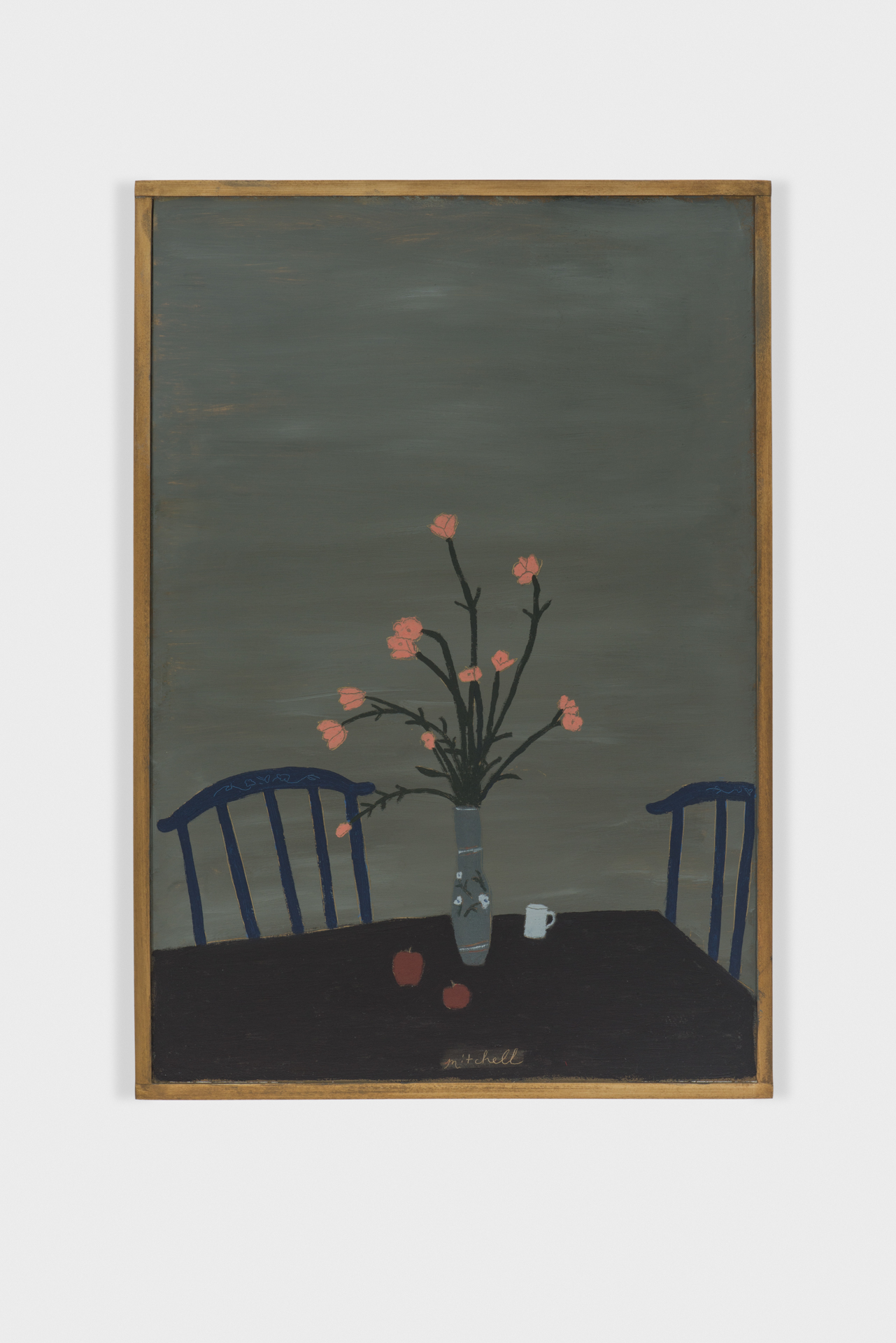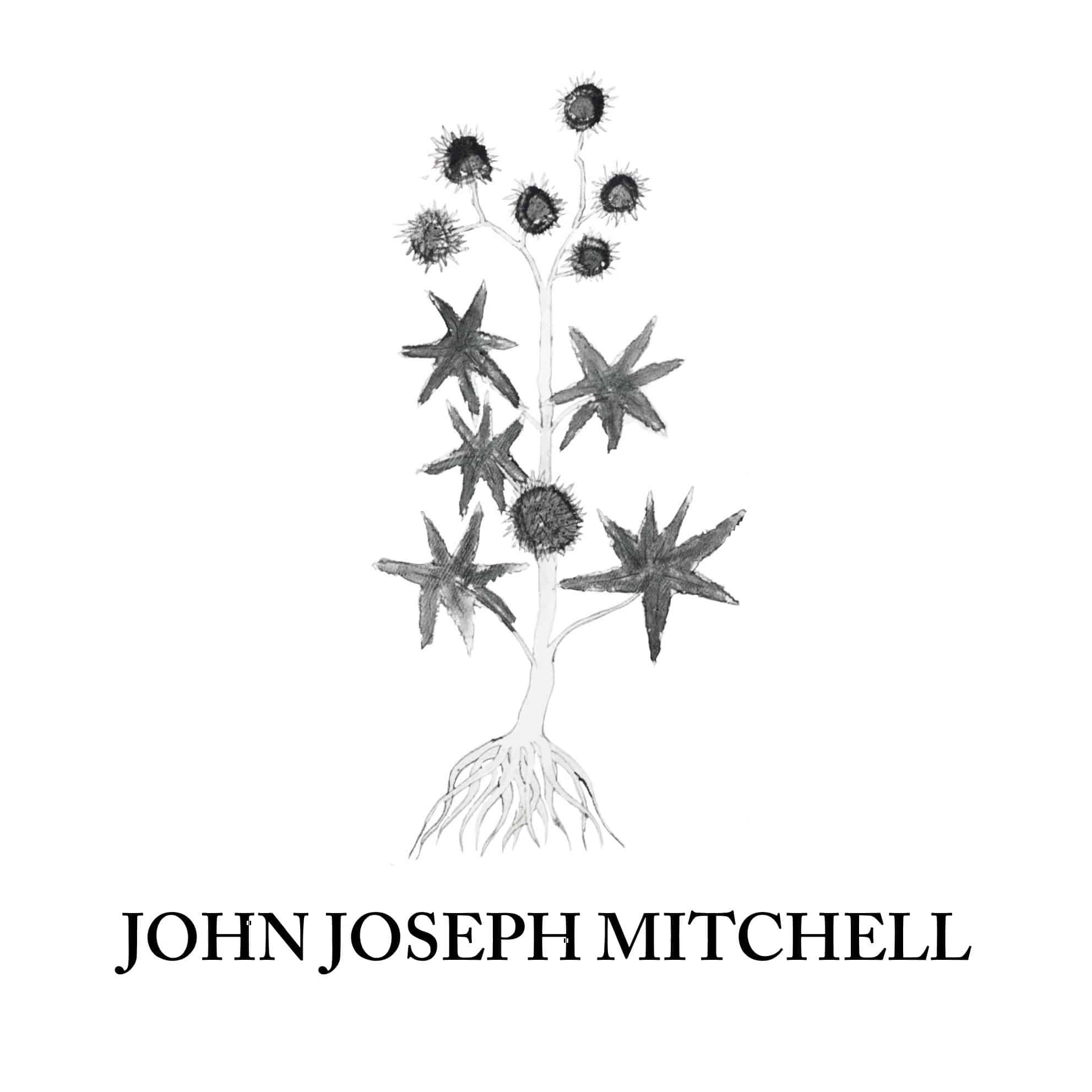
John Mitchell

1. Can you introduce yourself?
I live and work a few miles up the road from the house I grew up in. It’s a fairly rural area on the New Jersey Cape in between the Pine Barrens and the Atlantic Ocean. I moved back here a little over two years ago after living and working in Philadelphia for 10 years where I went to graduate school.
2. Could you tell us more about artists that inspired your artistic path?
My range of influences is relatively narrow and has been more or less the same since I was young. I keep up with contemporary painting a bit but mostly I’m interested in Post-Impressionist painting, the northeast American landscape tradition, and Japanese printmaking. The Nabis painters, Paula Modersohn-Becker, Albert Pinkham Ryder, Edward Hopper, Fairfield Porter, Jane Freilicher, Milton Avery, Horace Pippin, Hiroshige, and the like. They all seem to me to be particularly interested in looking at their very immediate world and translating the scenes around them into works that function equally as objects and pictures. I think painting should always do both.
3. Are there writers, philosophers, or musicians that influenced you as well?
Maybe. I don’t know if there is any way that they directly influence my painting but I read a modest amount and listen to music constantly. There is undoubtedly a common thread in terms of my taste but influence is tough to pin down. But I suppose I can list a few things. William Carlos Williams, Faulkner, Steinbeck, Cormac Mccarthy, Lightnin Hopkins, Bob Dylan, Townes van Zandt, John Prine, Mississippi John Hurt, Bill Evans and Charles Mingus have all been particularly important to me for a long period of time.
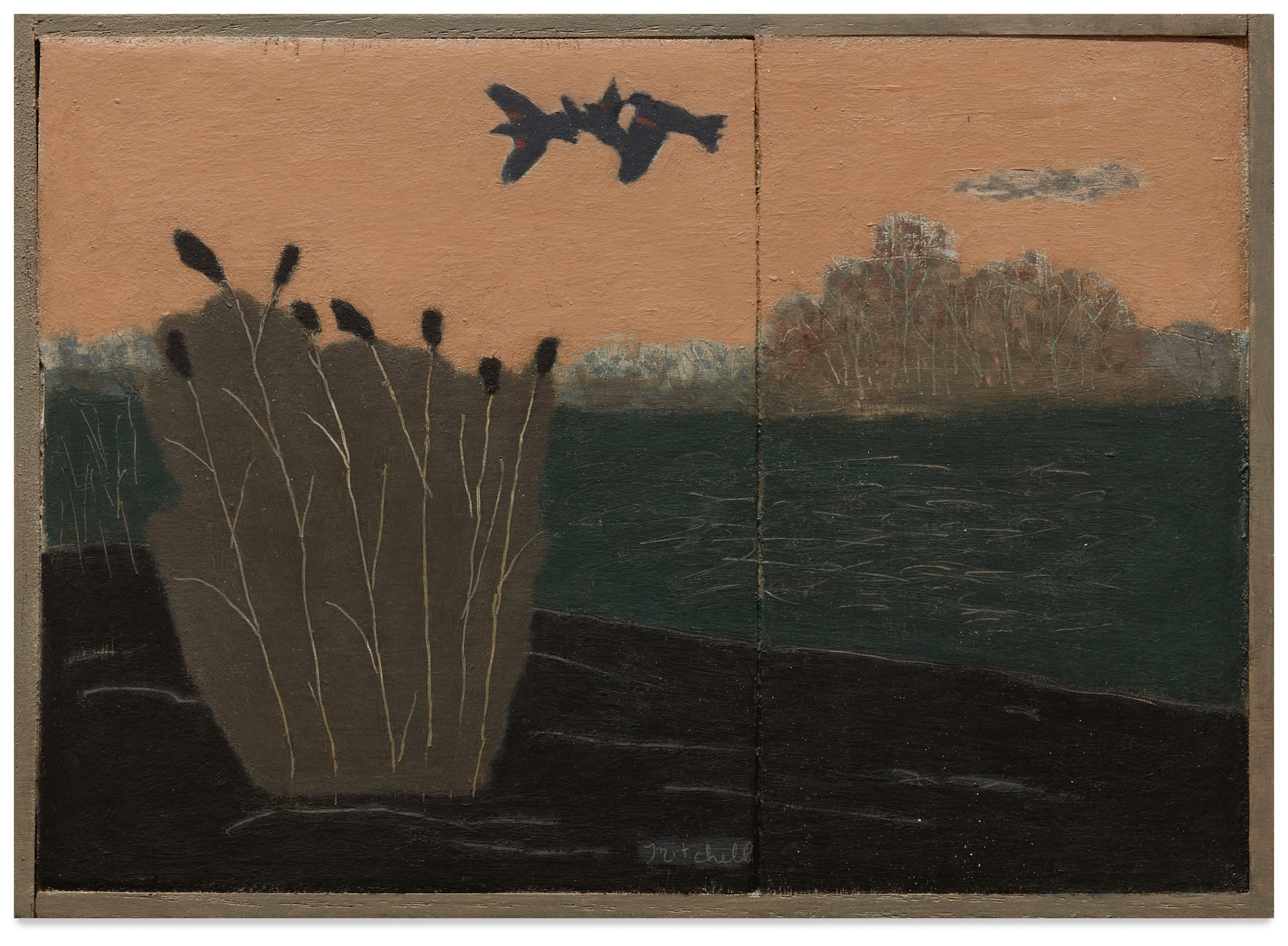
4. How does the idea of a painting come to your mind? / Tell us about a typical day of your work?
Just from looking. I ride my bike, go on walks, sit in my house, or at the houses of my friends and family and just look. If something catches my eye I look at it longer. Maybe there’s a good shape or a pattern or a color or I just like the scene. I take photos, make notes, sketch, and make monotypes. Eventually some combination of those things gives way to a painting. Aside from looking for things to paint I also look for ways to see I suppose and begin paintings that way. I spend a lot of time looking at books of the artists I love. I like holding them and turning them and flipping the pages back and forth between pictures. It is the primary way I look at paintings. I seldom go to gallery shows and sometimes go to museums. I think that has a lot to do with my paintings being small and on wood. I kind of hold them like the books I look at. Anyhow, while doing so I’ll get excited by a composition or a formal device or a color or a color palette and I’ll sort of try to find it in my world or see my world through the lens of that painting. I remember reading one of Van Gogh’s letters to his brother and he said he was trying to see the south of France the way that the great Japanese printmakers saw Japan. I like that.
5. The actual theme of the Revue Eclipse is the Assignificant, defined as the painting of ordinary moments and subjects, without the will to signify or represent any political or conceptual meaning but rather create a resonance with the viewer; would you adhere to this concept?
Yes, I think I would. Life and art is pretty simple to me. Try to make it better and more beautiful. I don’t care much for meaning.
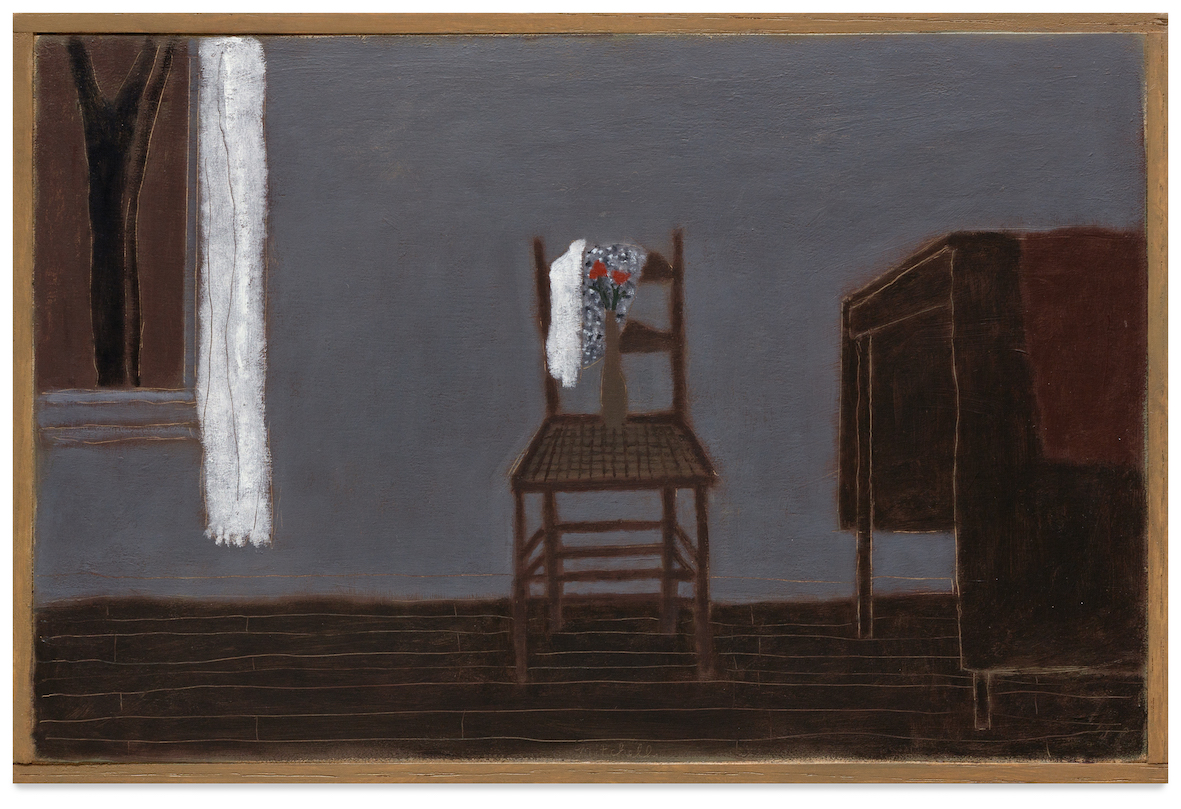
6. We often notice trees, flowers, and natural motives; even in the depiction of an interior scene without any plant, in the painting entitled Sleeping in, you chose to depict these motives on the blankets, how do you apprehend that omnipresence?
Well we need shelter and so we live indoors. But most of what is nice to look at is outside. So I suppose that omnipresence comes from the fact that we have walls to protect us from the wind and the rain but they block the view. So we make paintings as well as floral patterned blankets, organic shaped vases and lamps, or cabriole table legs to bring that natural beauty indoors. So then even in an interior scene the colors, shapes, and rhythms of nature abound. They are there in the table and the lamp and the blanket and the cat and hopefully in the painting as a whole.
7. Two types of touches seem to emerge from your different works, some are smooth while others are very textured; almost turbulent in what they convey visually. Is it related to the subjects you depict? How do you consider this duality?
That sort of texture is often just a result of how long it took me to get the colors and such to fit. The textured or more brush stroke laden ones tend to be the result of things coming together quickly with little fuss. It happens most often in the monotypes which are by nature made quickly and in one go. It happens sometimes in the paintings as well. But usually you can tell how long it took me to get the color just right in a painting by how refined the shapes and all are. The more refined the longer it took. But then again some of the paintings get textured because they take so long and the paint builds up. It doesn’t have much to do with the subject.
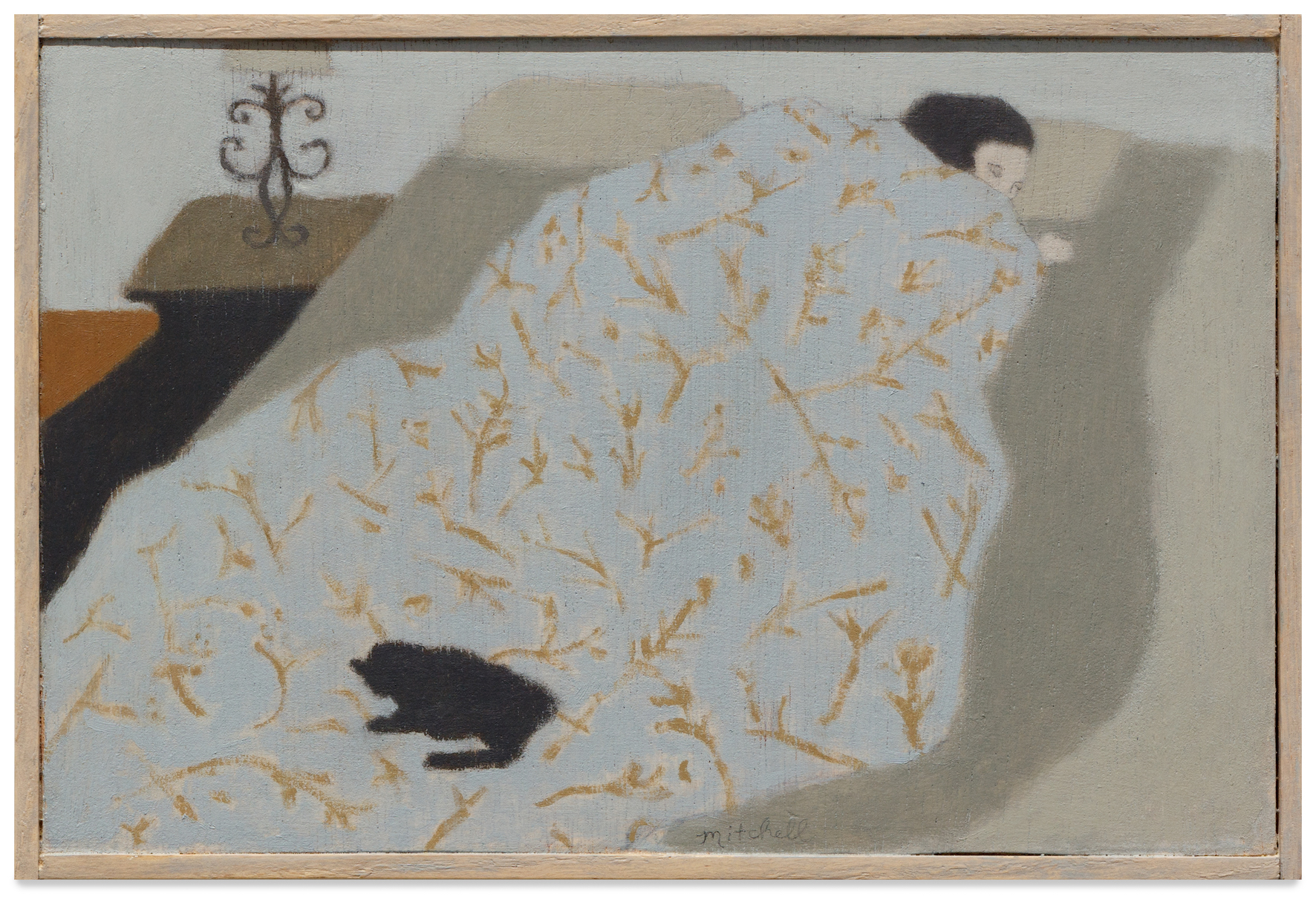
8. A sense of simplicity or even familiarity emerges from your works, the subjects are often related to ordinary scenes, or nearly landscapes and the compositions have a touching simplicity. How do you build your compositions and what influence you in the subjects you choose to paint?
I try to keep my life intimate and simple. I love where I live and the people and things around me. And I love painting. So I paint my world and it is certainly familiar to me. In my studio I go back through my sketches, prints, notes, and photos and try to remember things and crop things and compose and draw and try to make a good painting from it all. I arrange things in my mind often while falling asleep. I know I’m in a good place when I fall asleep with a picture in my head. Those paintings tend to go well. I do have ideas about formal elements and I often try to address specific formal concerns in a painting but they are pretty simple. Like for instance maybe one day I want to make a painting with a narrow value range and the next bright light and heavily patterned but those concerns are usually suggested to me by the original scene anyhow.
9. A very gentle melancholia emerges from your works that comes both from subject and color. Your palette is subdued and very coherent from one painting to the other. What attracts you to those colors?
I think color is the most important thing and maybe the most personal. It is hard to say if there is any reason behind my palette or what it is if so other than to rephrase what I said previously about liking things to be intimate and quiet. But I do spend a lot of time on color, learning, mixing and matching colors, and playing with relationships. I like it when a color exists in two points in space at once or when an edge is lost to two colors of similar value and temperature. And of course color will carry some emotional weight. Ideally that weight is complex and has the potential for a range of emotion. I see how melancholia might be seen in the paintings but I’m not sure I put it there. In contrast to the modern world and contemporary culture and the excitement and bombast of it all where attitude is so valued and emotion is so charged they might seem melancholic. But to me they’re just, I’m not sure, simple and beautiful. Or so I hope.
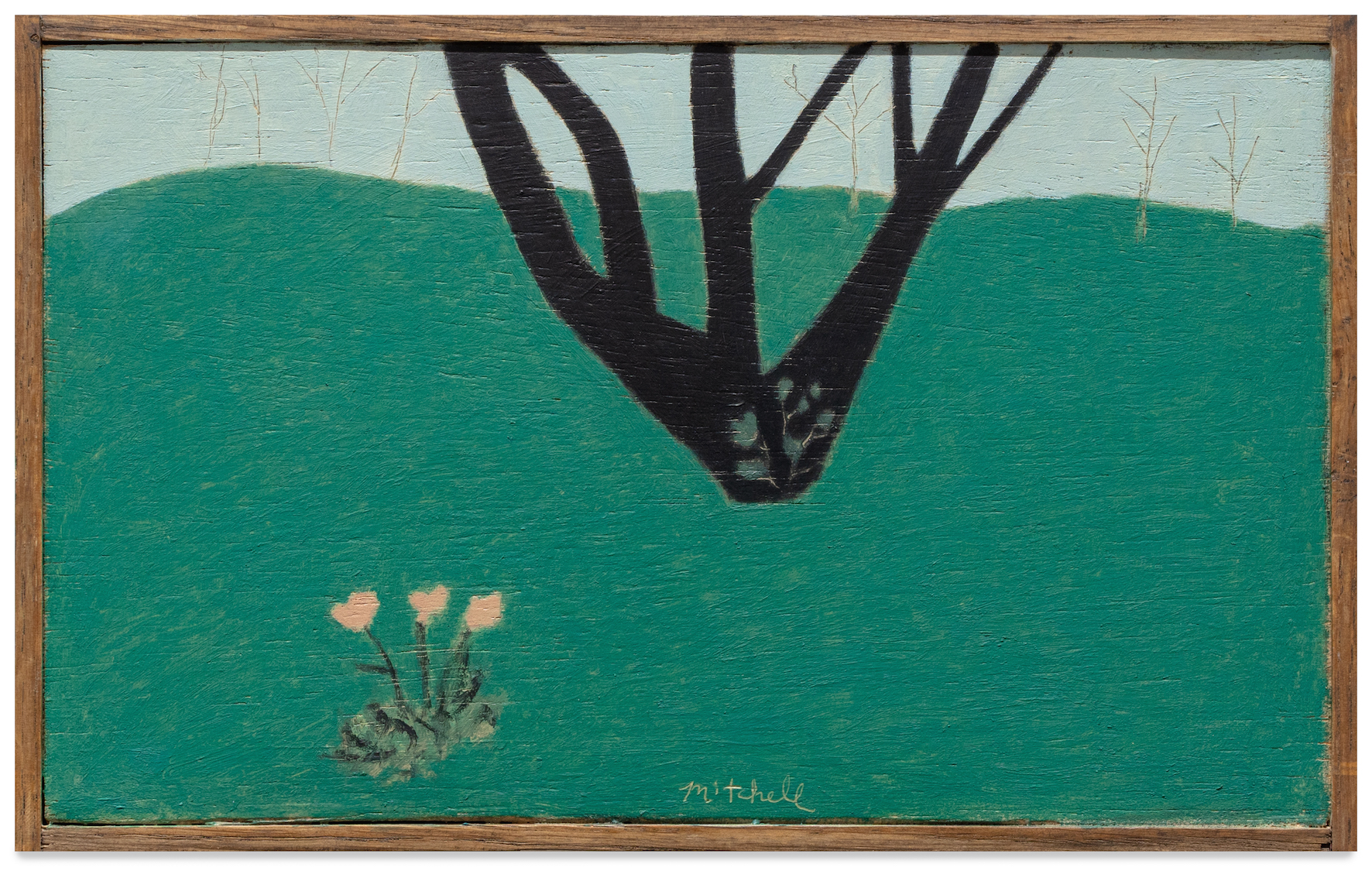
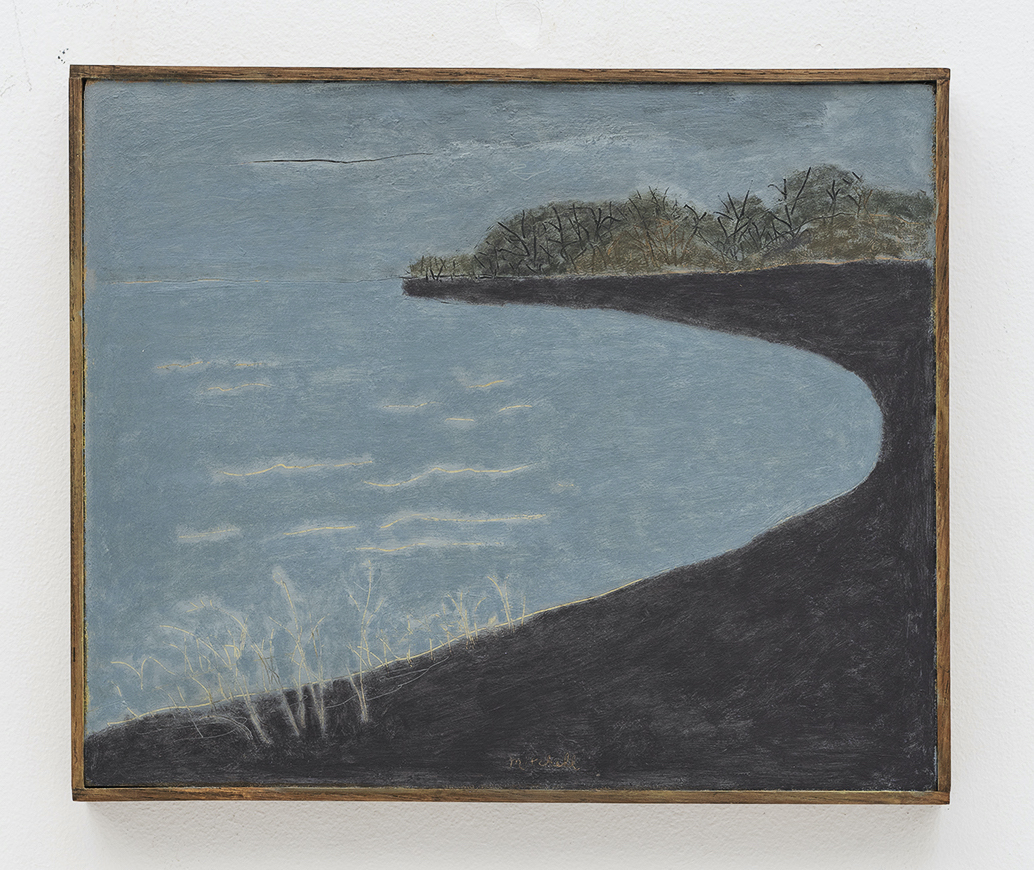
10. Tell us about a typical day of your work?
I typically wake up around 6:30. I make a pot of coffee and go into my studio. It’s the old parlor room at the front of my house. Most days I paint from around 7 til noon or so. I look at what I’m working on and drink coffee for 15 or 20 minutes and maybe look at some books. And then I begin painting. I usually have several paintings in progress at once at various stages of completion. They’re small and I try not to work on one for too long in a given day so as not to labor over them too much. I take a break sometime around 10 or 11 and eat a banana and have another cup of coffee. After lunch I may do a little more painting but I mostly like to paint in the morning. So in the afternoons I’ll make monotypes, draw, build my panels, go for a bike ride, or just do chores and work on my house. It was built in the 18th Century so there is always something to do.
11. Do you have any future or actual projects to share with us?
In July I’ll have a couple of paintings in a group show at Andrew Edlin Gallery in New York City and in January I’ll have a solo show at Philip Martin Gallery in Los Angeles. I’m very excited for both.
